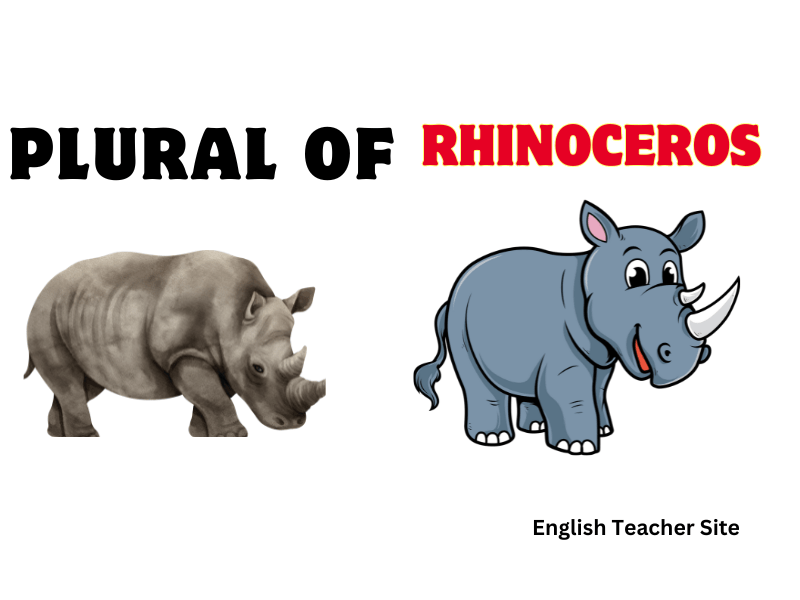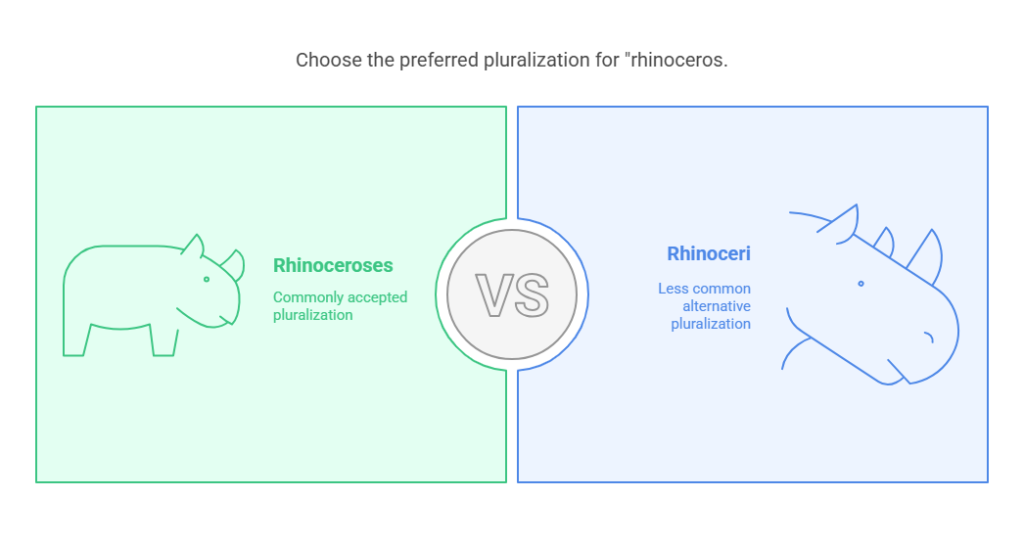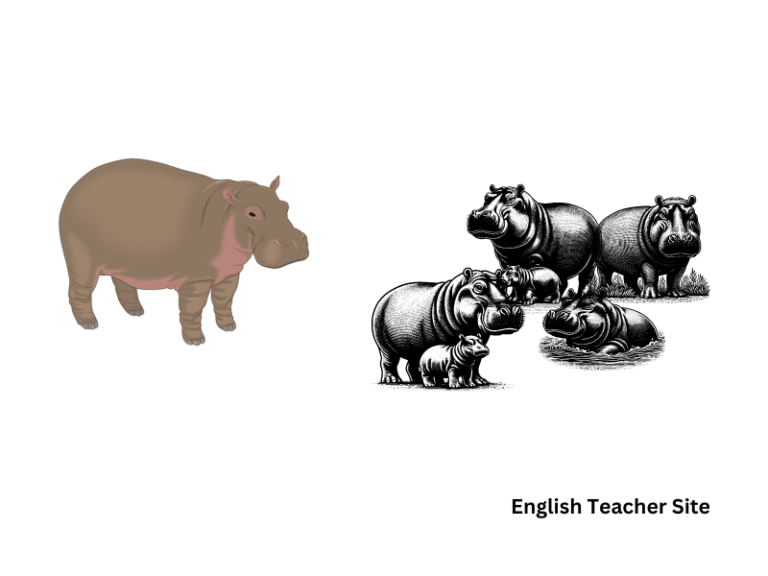The Surprising Truth About the Plural of Rhinoceros

The Mystery Behind the Plural of Rhinoceros
The plural form of “rhinoceros” is a point of confusion for many. While some might assume that it’s similar to other animal names that follow the standard pluralization rule, “rhinoceros” doesn’t fit the usual pattern. For most English nouns, creating the plural form is as simple as adding an “s” or “es” at the end. But not for “rhinoceros.”
Common mistakes occur when people try to add an “i” to the end, mimicking the pluralization pattern of other Latin-derived words. However, this is incorrect. Knowing the proper form is important because using the wrong plural can make your speech or writing appear unpolished and affect your credibility.
The Unexpected Simplicity of the Plural of Rhinoceros
The Rule That Makes Rhinoceros Different from Other Animal Plurals
Unlike many animal names that change slightly when pluralized (e.g., “cats” from “cat,” “dogs” from “dog”), “rhinoceros” doesn’t follow this simple rule. Its plural form is actually an exception. The key difference lies in its structure: “rhinoceros” is a Greek-derived word, and words from Greek often don’t follow the typical English pluralization rules. While many Greek words ending in “os” do indeed pluralize with “i” (like “hippopotamus” becoming “hippopotami”), “rhinoceros” is not one of them.
How the Word Rhinoceros Follows a Unique Pluralization Pattern
The word “rhinoceros” follows a more logical and straightforward pattern: it simply adds “es” to form the plural. The plural form, “rhinoceroses,” aligns with English language rules rather than those of Latin or Greek. English, with its fluidity and tendency to adapt foreign words, allows for the word to retain its structure while still indicating plurality.
Why Rhinoceroses Is the Correct Plural Form
“Rhinoceroses” is the proper plural form simply because it follows the regular English rule for words ending in “s,” “x,” or “z.” This rule requires an “es” at the end of the word. The reason “rhinoceri” is incorrect lies in its Latin influence, which doesn’t apply in this case. The form “rhinoceroses” is both logical and consistent with English grammar, making it the accepted choice.

Debunking Common Myths About the Plural of Rhinoceros
The Myth of Rhinoceri and Why It’s Not Grammatically Correct
One of the most persistent myths surrounding “rhinoceros” is that the plural form is “rhinoceri.” This erroneous belief arises from the mistaken notion that any word with a Latin or Greek root ending in “os” must follow the same pluralization pattern as words like “cactus” (which becomes “cacti”). However, this is not applicable in the case of “rhinoceros.” The English language simply does not adopt this particular pluralization rule for this word.
Why Rhinoceroses Is the Proper Plural and How to Use It
The Linguistic Reasoning Behind Using Rhinoceroses as the Plural
The use of “rhinoceroses” as the plural form follows standard English language conventions. In English, pluralization rules are generally simpler and more uniform compared to other languages. In the case of “rhinoceros,” the pluralization follows the pattern for words ending in “s,” “x,” and “z,” adding “es” rather than relying on the Latin-inspired forms.
Common Scenarios Where Knowing the Plural of Rhinoceros Matters
Knowing the proper plural form of “rhinoceros” is crucial in scientific contexts, education, and even casual conversations about wildlife. Whether you’re writing an academic paper, describing a wildlife sanctuary, or discussing African animals in a documentary, using “rhinoceroses” will ensure accuracy and credibility. Misusing the plural form can detract from the professionalism of your content.
Practical Tips for Mastering Plural Forms in English
How to Easily Remember and Apply the Correct Plural Forms
A great way to master irregular plurals is through regular practice and exposure. Start by creating a list of common irregular plurals, like “rhinoceroses,” “octopuses,” and “cacti,” and make flashcards to help reinforce the patterns. Reviewing these words periodically will help embed them in your memory, making them easy to recall in both speech and writing.
Exercises to Practice Using Irregular Plurals Correctly
Writing sentences using words with irregular plurals can help reinforce proper usage. Try creating stories or descriptions of events where you use multiple irregular plurals. Additionally, pay close attention to their usage in books, articles, and media to see how professionals handle these words.
Resources and Tools for Improving Your Grasp of English Grammar
There are a variety of resources available to help with mastering plural forms. Grammar books, online courses, and websites that specialize in English language rules can all be valuable tools. Engaging in these resources regularly will improve your understanding of not just irregular plurals, but the intricacies of English grammar as a whole.
Conclusion: Embracing the Unusual in English Plurals
English is full of surprises, and the plural of “rhinoceros” is a prime example of the language’s quirks. Understanding how and why certain words take irregular plural forms, like “rhinoceroses,” is an essential part of mastering the language. Embrace the unique aspects of English grammar, and continue exploring the fascinating world of irregular plurals.
Sources
My name is Khamis Maiouf. I am the creator of the English Teacher Site, dedicated to providing valuable resources and insights for students around the world. With a passion for education and a commitment to helping students enhance their skills, I aim to make English teaching more effective and enjoyable for both educators and students.






